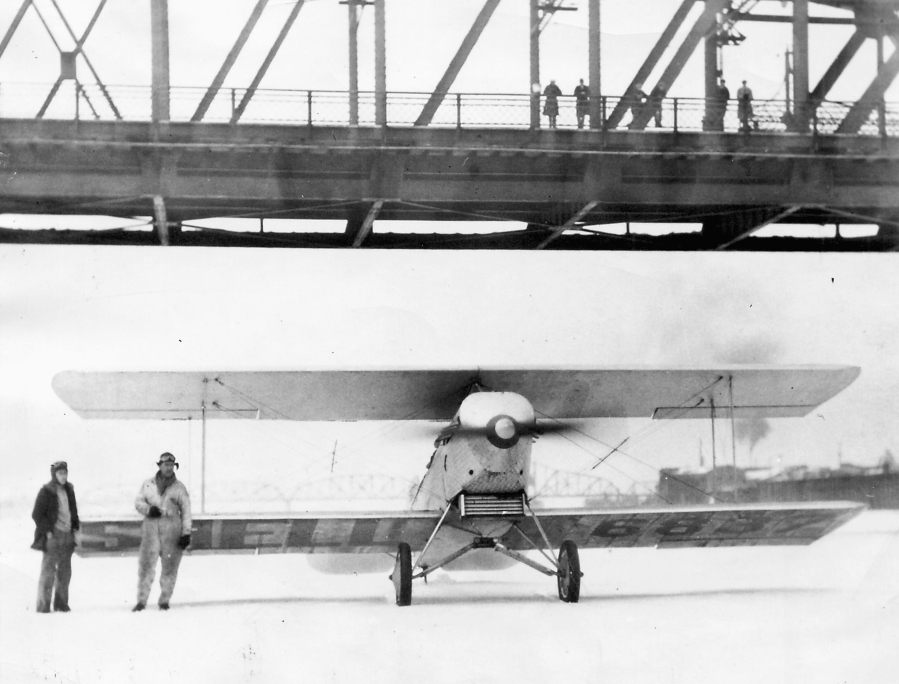The Columbia River froze at Vancouver on Jan. 26, 1847, according to the Farmers’ Almanac. That winter was among the coldest and corralled the HBMS Modeste in ice. Taking advantage of the time to play, the ship’s and Hudson’s Bay officers crafted makeshift curling stones and turned to a friendly game. The ship’s officers won.
Back then, it wasn’t uncommon for the Columbia to freeze over. Indigenous peoples likely saw it frozen over many times before. An unknown clerk at Canemah (now part of Oregon City) reported in January 1854 the Columbia River was frozen for 30 miles from the Willamette’s mouth.
Six more times before the big freeze of 1909, the river solidified again, stranding steamers, ferries and halting mail. Charles Troup and Frank Goldhue left Vancouver rowing across the Columbia in 1879 to fetch the mail. After crossing, they left their boat, but returning, found the skiff iced in. They ended up delivering the mail on foot.
January 1909 thermometers slid to the mid-teens, the sky dropped snow and the Columbia iced over. Supposedly four couples trod on the ice between Stevenson and Cascade Locks for a dance and then returned home on the slippery surface.



